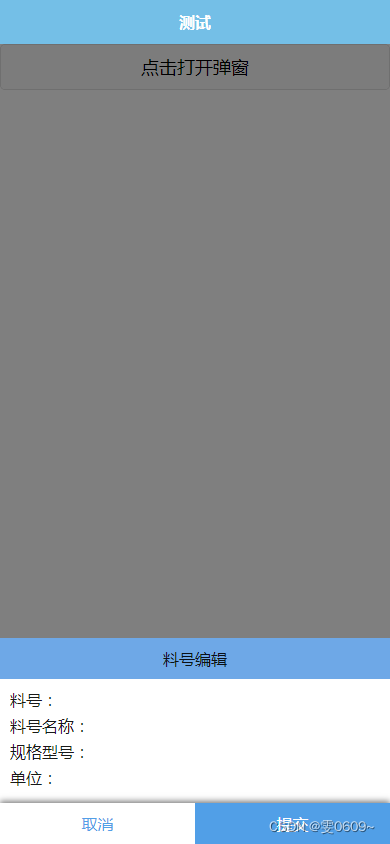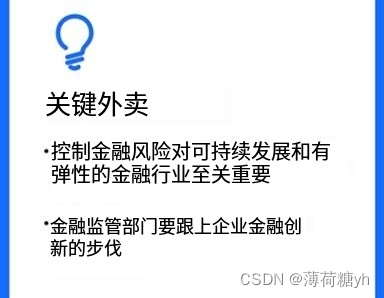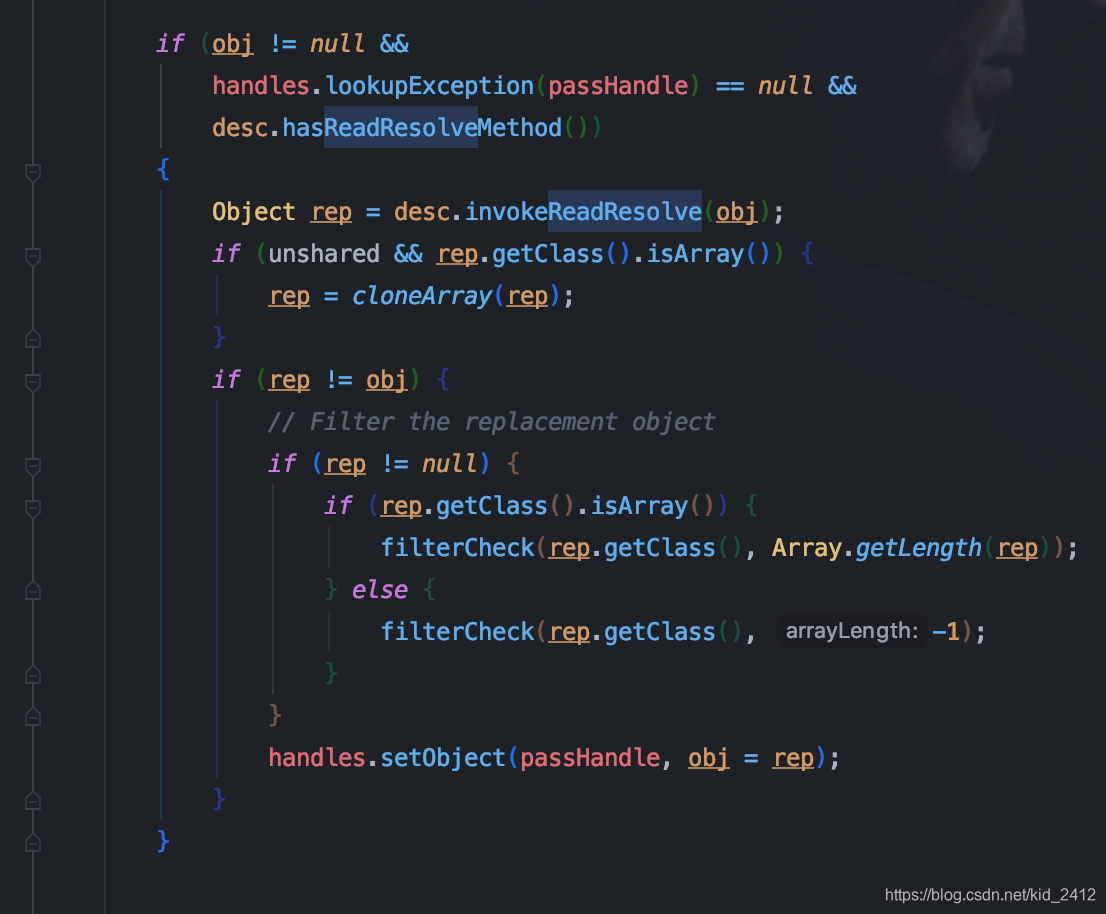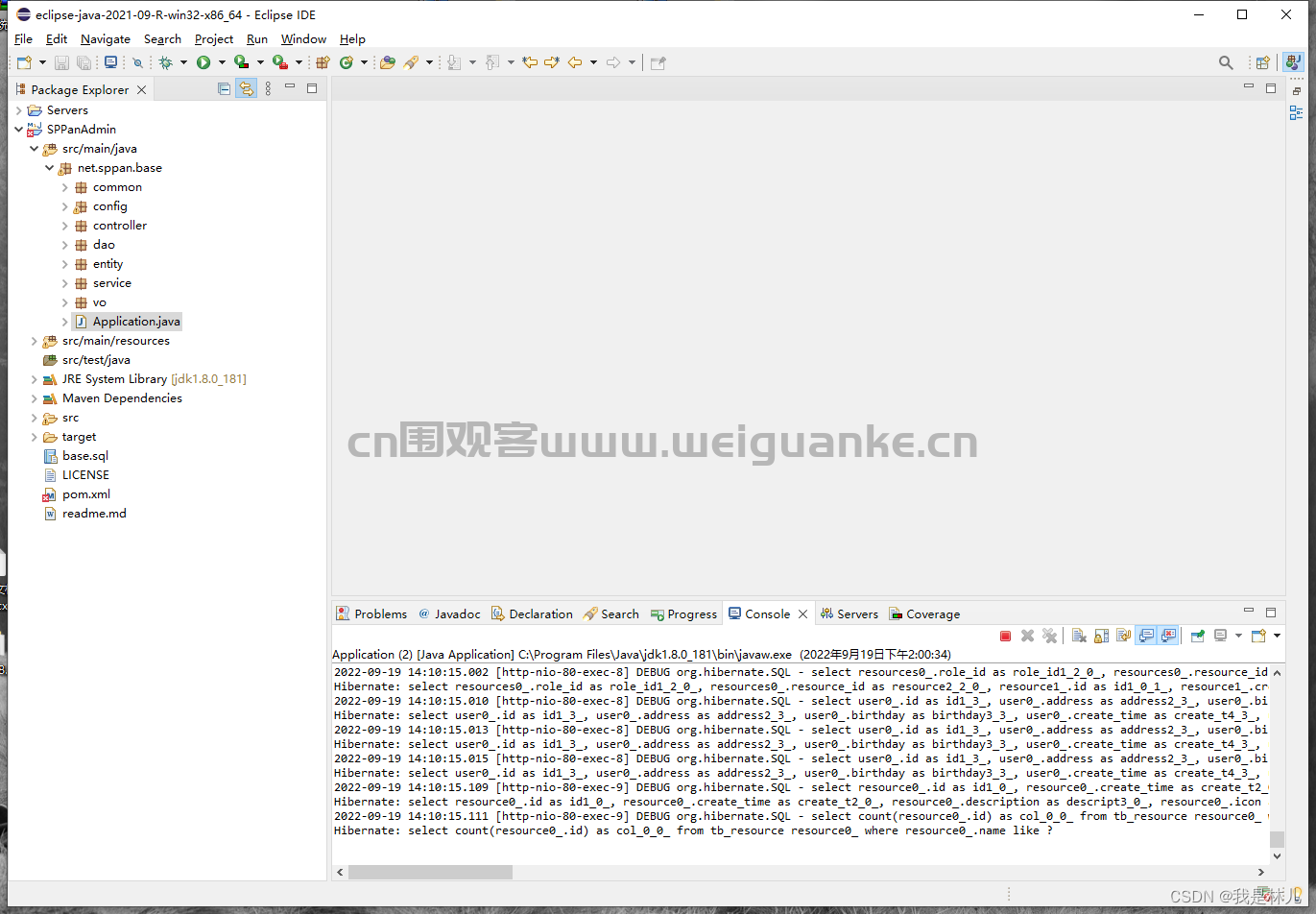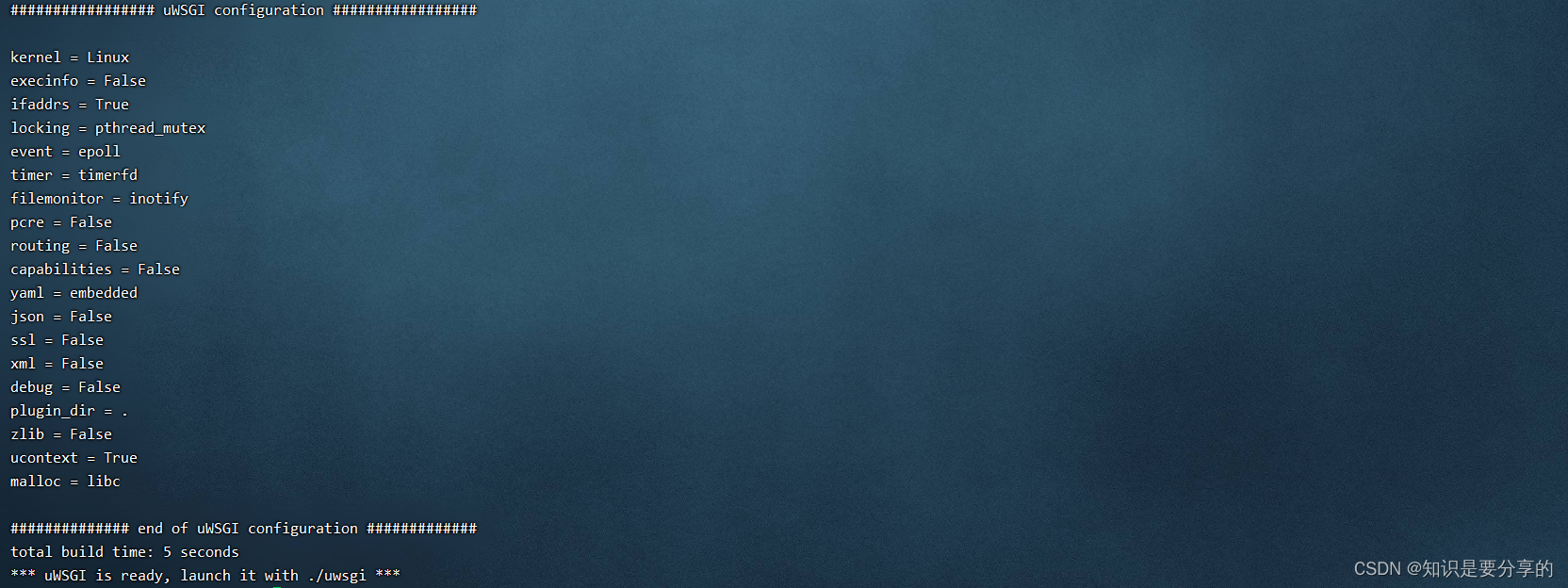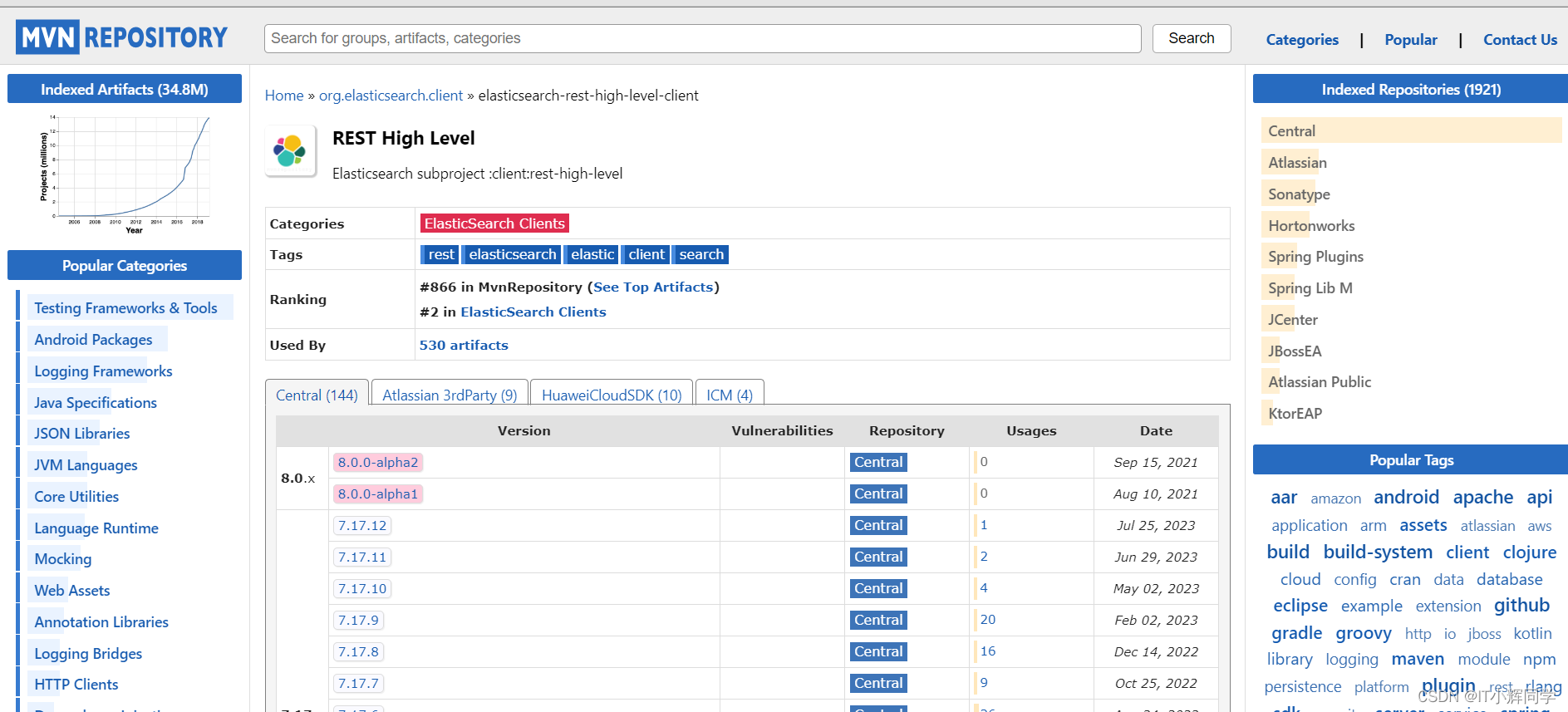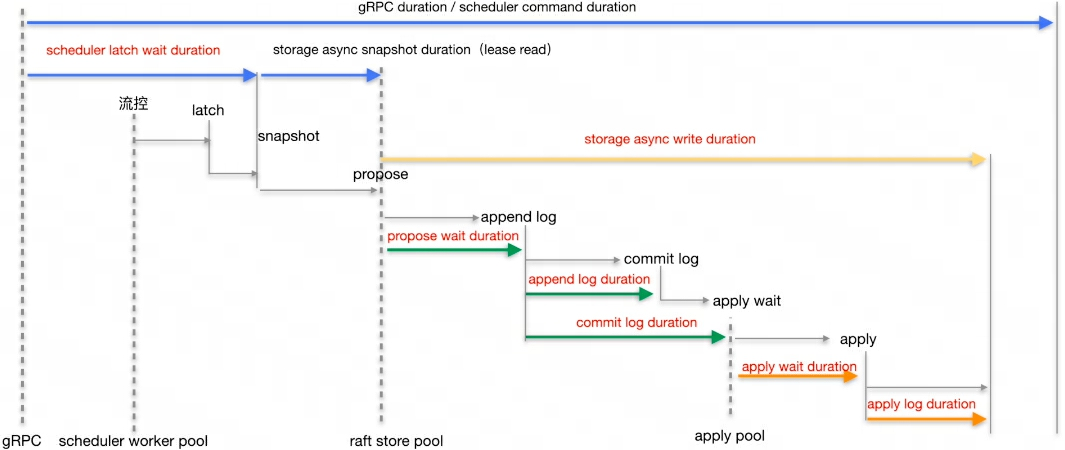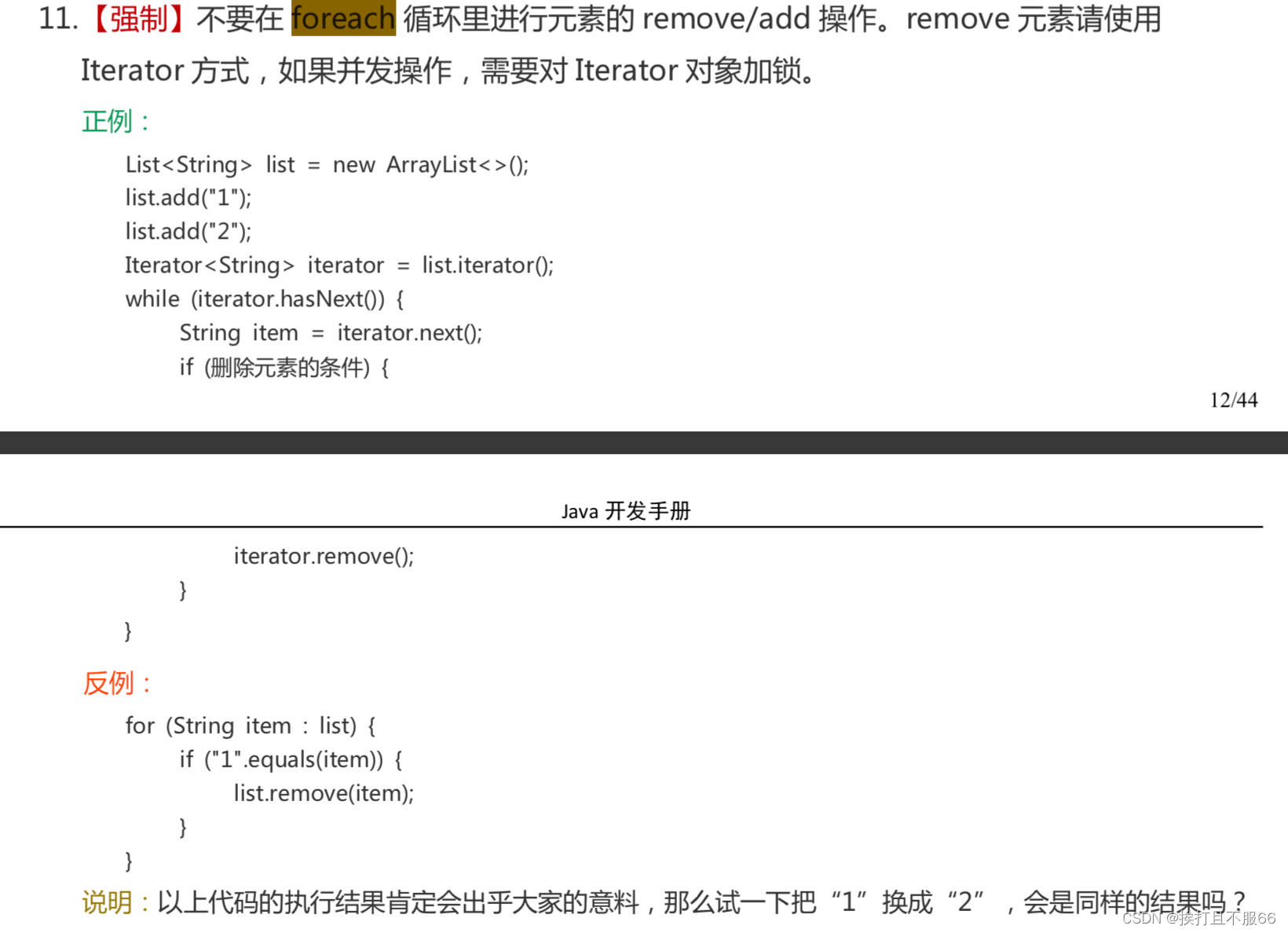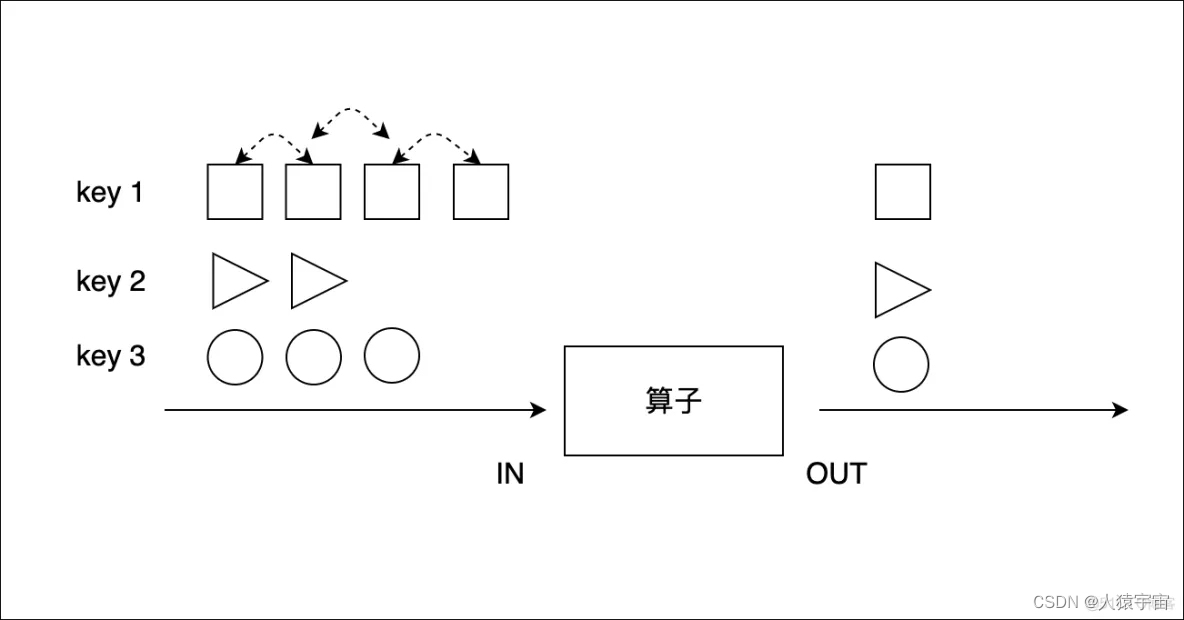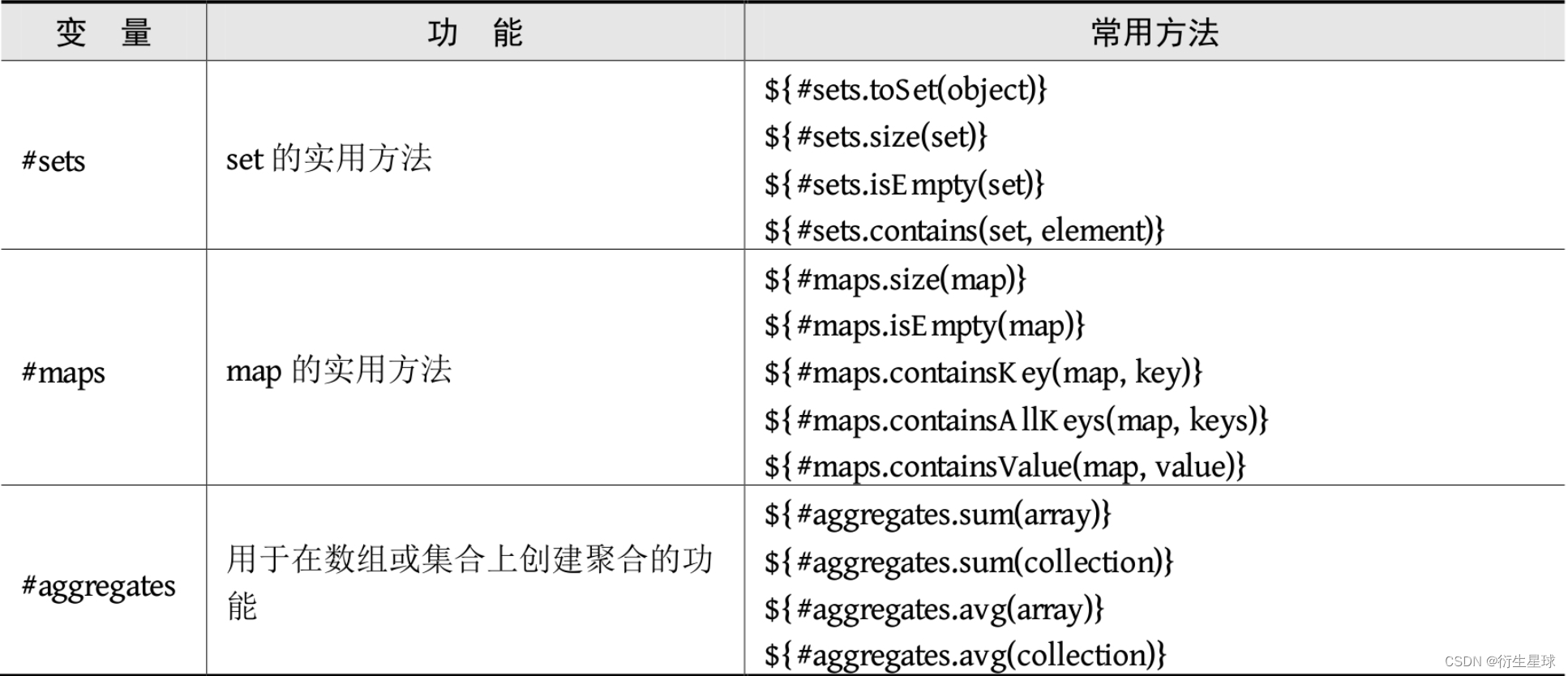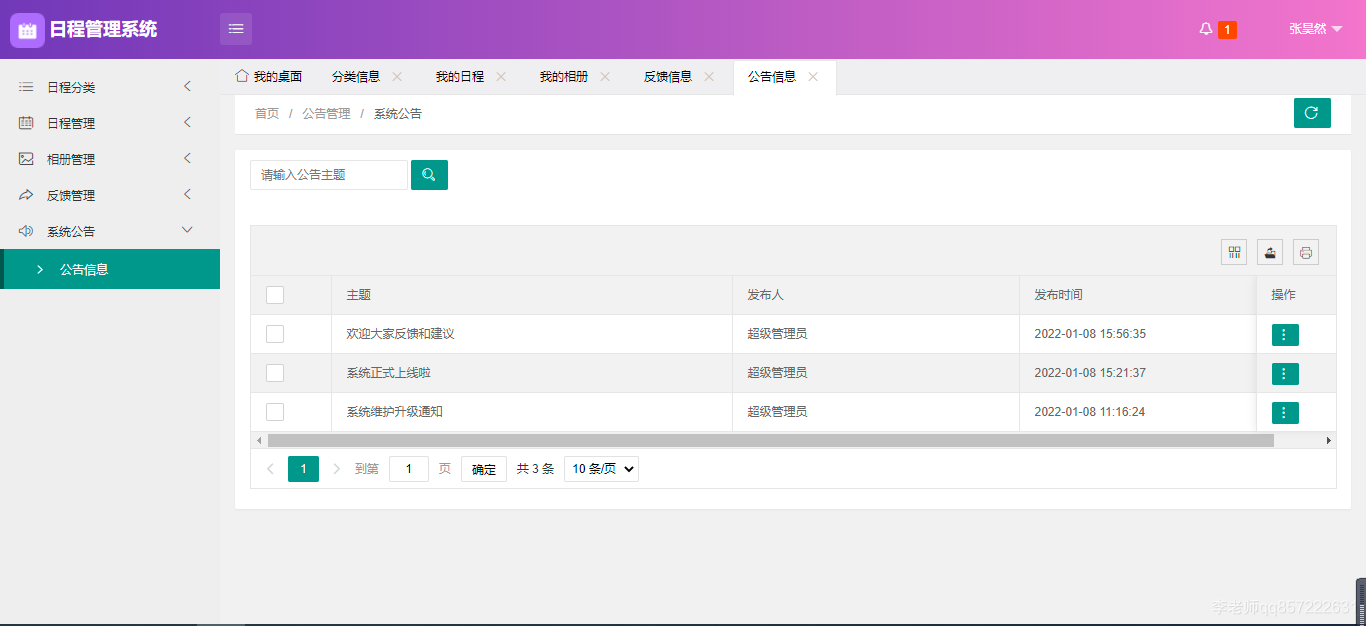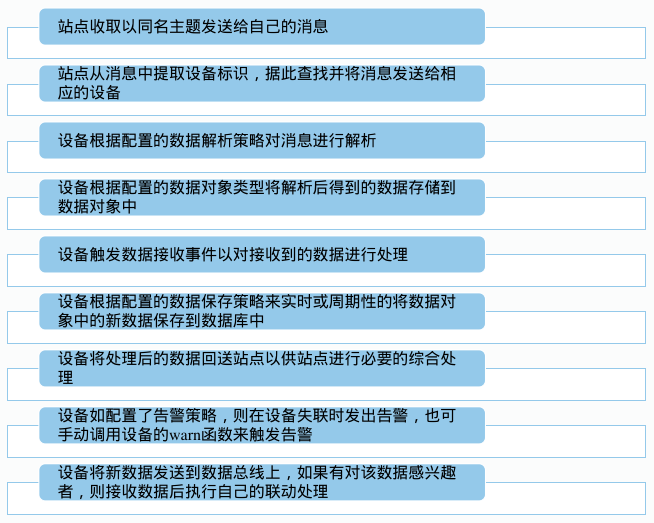说明
使用Netty框架开发,可以向ChannelPipeline中添加或者移除ChannelHandler,可以通过ChannelPipeline的names()函数查看ChannelPipeline中已经添加的ChannelHandler名称。
示例
代码片段
package com.thb.power.terminal;
import java.io.BufferedReader;
import java.io.InputStreamReader;
import com.thb.power.packet.register.RegisterRequestPacket;
import io.netty.bootstrap.Bootstrap;
import io.netty.buffer.ByteBuf;
import io.netty.channel.Channel;
import io.netty.channel.ChannelFuture;
import io.netty.channel.ChannelFutureListener;
import io.netty.channel.ChannelOption;
import io.netty.channel.EventLoopGroup;
import io.netty.channel.nio.NioEventLoopGroup;
import io.netty.channel.socket.nio.NioSocketChannel;
/**
* 主函数
* @author thb
*
*/
public class Terminal {
// 要连接的host
static final String HOST = System.getProperty("host", "127.0.0.1");
// 要连接的端口号
static final int PORT = Integer.parseInt(System.getProperty("port", "22335"));
public static void main(String[] args) throws Exception {
// 配置客户端
EventLoopGroup group = new NioEventLoopGroup();
try {
Bootstrap b = new Bootstrap();
b.group(group)
.channel(NioSocketChannel.class)
.option(ChannelOption.TCP_NODELAY, true)
.handler(new TerminalInitializer());
// 启动客户端
Channel ch = b.connect(HOST, PORT).sync().channel();
// 查看ChannelPipeline添加的ChannelHandler名称
for (String name : ch.pipeline().names()) {
System.out.println("handler name: " + name);
}
ChannelFuture lastWriteFuture = null;
BufferedReader in = new BufferedReader(new InputStreamReader(System.in));
System.out.println("please input(register):");
for (;;) {
String line = in.readLine();
if (line == null) {
break;
}
// 如果用户输入register,表示命令客户端发送注册请求给服务器
if (line.toLowerCase().equals("register")) {
RegisterRequestPacket registerRequest = new RegisterRequestPacket();
// 返回的ByteBuf存放着注册请求的数据
ByteBuf buf = registerRequest.build(ch);
lastWriteFuture = ch.writeAndFlush(buf);
}
}
if (lastWriteFuture != null) {
lastWriteFuture.sync();
}
} finally {
// 关闭event loop以便终止所有的线程
group.shutdownGracefully();
}
}
}
// ChannelInitializer的子类
package com.thb.power.terminal;
import io.netty.channel.ChannelInitializer;
import io.netty.channel.ChannelPipeline;
import io.netty.channel.socket.SocketChannel;
import io.netty.handler.logging.LogLevel;
import io.netty.handler.logging.LoggingHandler;
public class TerminalInitializer extends ChannelInitializer<SocketChannel> {
@Override
public void initChannel(SocketChannel ch) throws Exception {
ChannelPipeline p = ch.pipeline();
p.addLast(new LoggingHandler(LogLevel.INFO));
}
}
运行输出

从上面输出可以发现,当前ChannelPipeline中已经添加了两个ChannelHandler。
